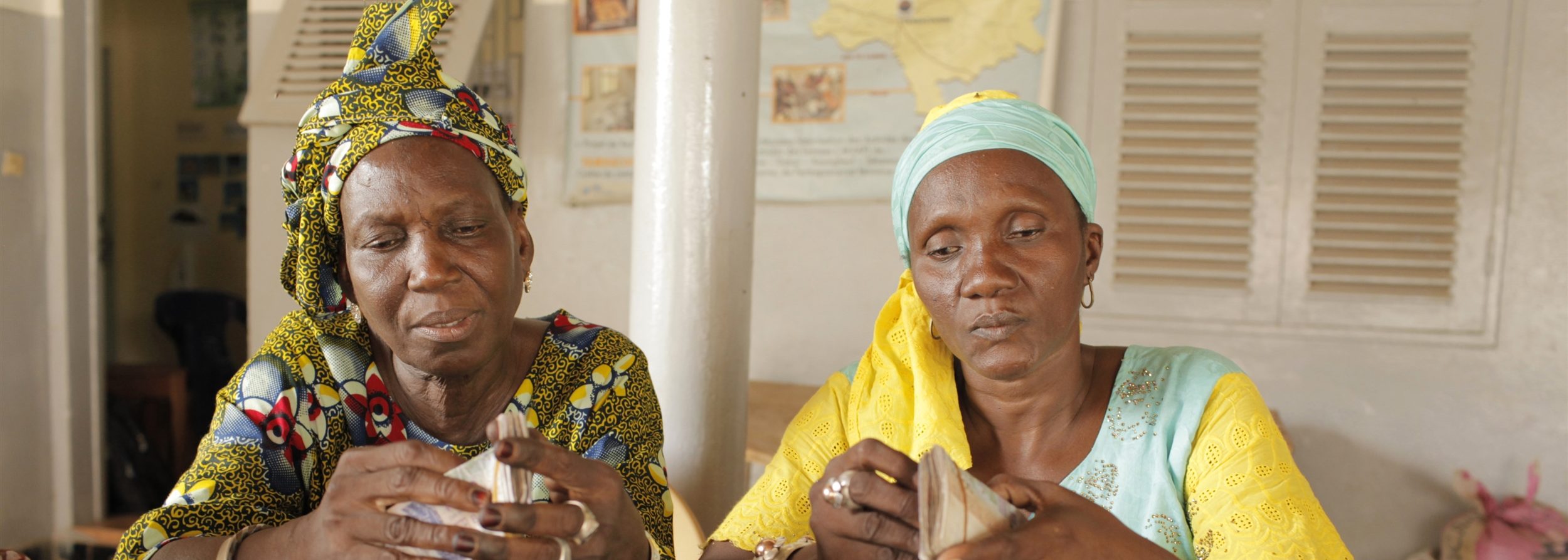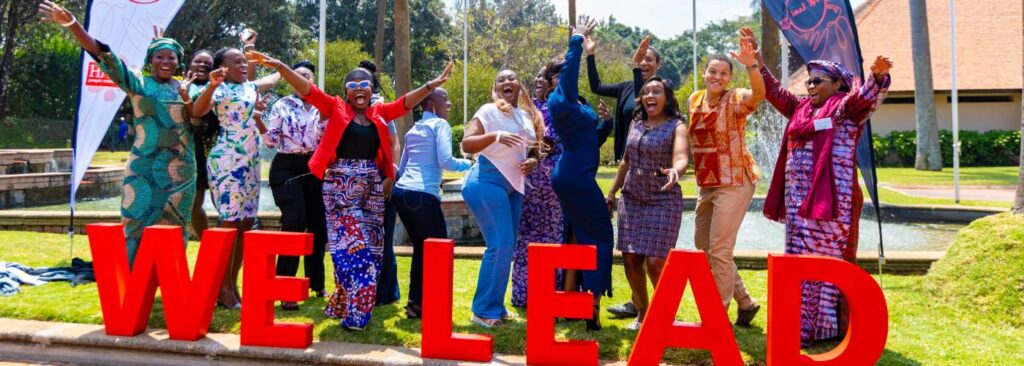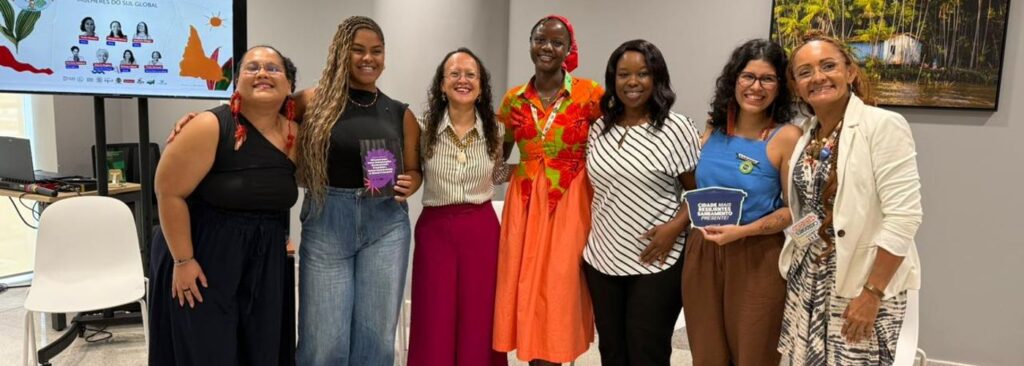One of the key barriers to delivering energy solutions for the rural and urban poor is the limited access to finance at local and national levels and insufficient targeted finance flows at the international level. Despite commitments from international development organizations, Development Finance Institutions (DFIs) and investors, specific options and mechanisms to channel the finance to the right places are missing or yet to be clearly defined. To revitalize the discussion, Hivos has explored a variety of opportunities to utilize funding sources within and outside the energy sector, and to apply conventional and new instruments to help address the challenge of financing energy access through Decentralized Renewable Energy (DRE) solutions. This exercise resulted in a unique overview laid down in the discussion paper ‘Financing Decentralized Renewable Energy for the Last Mile: What funding sources and instruments can be applied?’
Enabling energy access by connecting dispersed users to the national grid is expensive and is often prohibitively high for distribution companies in many countries faced with the energy access challenge. The alternative is to increase the deployment of DRE solutions. Research (from IEA) suggests that 70 percent of sub-Saharan Africa will be electrified through DRE and that DRE would be the least cost solution for the large majority of unconnected populations.
However, despite the potential for DRE to address energy access, analysis indicates that of the total energy access finance tracked in 2017, only 1.2% was directed towards DRE solutions. There is overarching consensus that this is far too little. Moreover, instruments are lacking to target those communities that need it the most.
There are some specific challenges faced by international development organizations, DFIs and investors to finance DRE solutions to greater extend. These include: high transaction costs incurred by DFIs and International development organizations in financing smaller volumes or smaller ticket sizes; mismatched expectations on what are acceptable and realistic returns on investments in energy enterprises that are focused on the ‘last mile’, accompanied by a reliance on pure market-based approaches to address energy poverty; siloed perspectives of national governments and international organizations, preventing a more integrated approach where energy interventions could be financed as part of other development projects; and low risk appetite amongst national banks and local financial institutions to lend to the ‘last mile’, which may also be a consequence of limited understanding among local financiers of DRE financing and risk mitigation mechanisms.
Against this background, the discussion paper describes the energy finance needs of key stakeholders, including energy users, energy providers and enabling environment actors, and the potential instruments and mechanisms to meet these needs. From the supply side, it describes the current sources of finance, the existing gaps and the opportunities to utilize them as well as potential new sources. This includes examples of where they have been used before in the energy delivery value chain- consumer credit, enterprise finance or strengthening the energy ecosystem or enabling environment. In all the opportunities, soft funding sources particularly grants and subsidies play an important role in bridging the energy access gap. Substantial increases are needed in these sources of public funding to leverage commercial investment and to ensure that those in the ‘last mile’ are reached. The paper ends with a list of recommendations.
Downloads:
Discussion paper: ‘Financing Decentralized Renewable Energy: What funding sources and instruments can be applied?‘
Briefing paper: ‘Financing Decentralized Renewable Energy: What funding sources and instruments can be applied? – briefing paper‘




